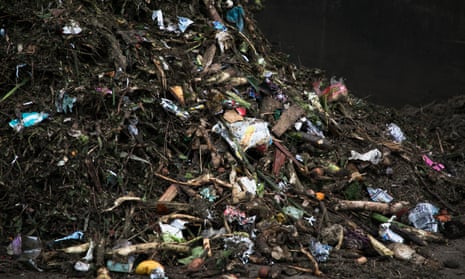Australians wasted more food during the Covid-19 pandemic, largely thanks to panic buying and food delivery services.
The annual bill for the country’s wasteful food choices skyrocketed to an estimated $10.3bn after the coronavirus reached our shores, according to Rabobank’s 2020 Food Waste Report.
That is an all-time annual high of $1,043 per household.
Before the pandemic, Australians were tracking towards $8.64bn in food waste, costing the average household about $170 less.
“It’s to be expected that food waste has been de-prioritised by Australians during this stressful year when our attention has been focused on other urgent issues,” Rabobank’s Glenn Wealands said in a statement on Monday.
“[But] the average household is now wasting nearly 13% of the groceries they buy and also spending more on food delivery and self-prepare food services.”
More than 2,000 Australians were surveyed in March and again in September, with food waste increasing significantly over that period.
New South Wales, Queensland and Tasmania were the worst performers, according to the report, with every other state reducing its waste compared with 2019.
NSW performed the worst, with 14% of food being thrown out, an increase of 2.7% on early 2020.
Almost half the survey respondents said their food waste had increased because they had spent more time cooking, while 37% said they had been experimenting with recipes.
“We’ve also seen almost 10% of households increasing their spend on food to stockpile items in case supply ran out during lockdown,” Wealands said.
An increase in the number of people using food delivery services also drove increased waste, the report found.
More than 60% of those surveyed used delivery services, with more than a third of those people saying they ordered food at least once a week.
Australians have also increasingly turned to self-prepare meal-kit services, with patronage up 8% to 36%.
Those most likely to use food delivery or meal kit services wasted more than twice as much food as those who did not, the survey found.
“Be mindful that unless you’re using these services wisely, it’s bad for your wallet and bad for reducing food waste,” Wealands said.
He said Australians could reduce their waste by using excess food in their pantry and freezer, making a weekly meal plan and factoring in a night off for takeaway each week.
